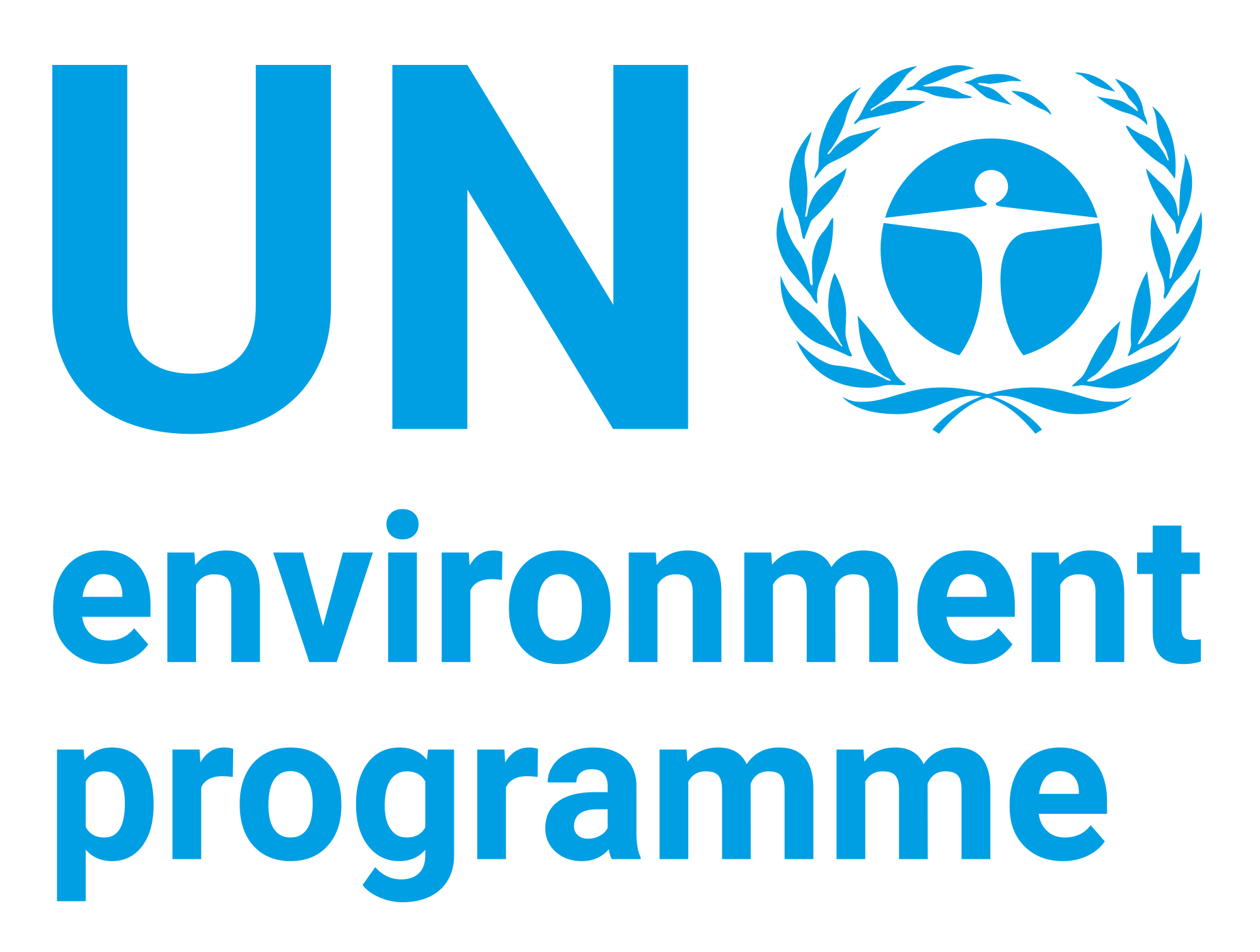Narrowing the Emissions Gap: Contributions from Renewable Energy and Energy Efficiency Activities
| dc.contributor | Science Division | en_US |
| dc.contributor.author | The 1 Gigaton Coalition | en_US |
| dc.coverage.spatial | Chile | en_US |
| dc.coverage.spatial | Rwanda | en_US |
| dc.coverage.spatial | Philippines | en_US |
| dc.coverage.spatial | Kenya | en_US |
| dc.coverage.spatial | Peru | en_US |
| dc.date.accessioned | 2016-11-03T06:48:29Z | |
| dc.date.available | 2016-11-03T06:48:29Z | |
| dc.date.issued | 2015 | |
| dc.identifier.uri | https://wedocs.unep.org/20.500.11822/10571 | |
| dc.description | While this report clearly demonstrates significant benefits of renewable energy and energy efficiency in developing countries, it also highlights untapped potential gains, which the Coalition aims to describe more fully in future reports. For example, REN21’s Global Status Report 2015 states that 164 countries have defined renewable energy targets in 2015, including 131 developing and emerging economies, meaning developing countries have a great capacity to contribute to emissions reductions. The extent to which this is being realized is of more than academic interest. Good examples and positive stories about renewable energy and energy efficiency are motivating more and more countries to take action. | en_US |
| dc.format | Text | en_US |
| dc.language | English | en_US |
| dc.publisher | United Nations Environment Programme | en_US |
| dc.rights | Public | en_US |
| dc.subject | global warming | en_US |
| dc.subject | greenhouse gas | en_US |
| dc.subject | energy efficiency | en_US |
| dc.subject | renewable energy source | en_US |
| dc.subject | case study | en_US |
| dc.subject | developing country | en_US |
| dc.subject | solar energy | en_US |
| dc.subject | wind power | en_US |
| dc.subject | rural electrification | en_US |
| dc.subject | emission reduction | en_US |
| dc.title | Narrowing the Emissions Gap: Contributions from Renewable Energy and Energy Efficiency Activities | en_US |
| wd.identifier.sdgio | http://purl.unep.org/sdg/SDGIO_00000047 |





